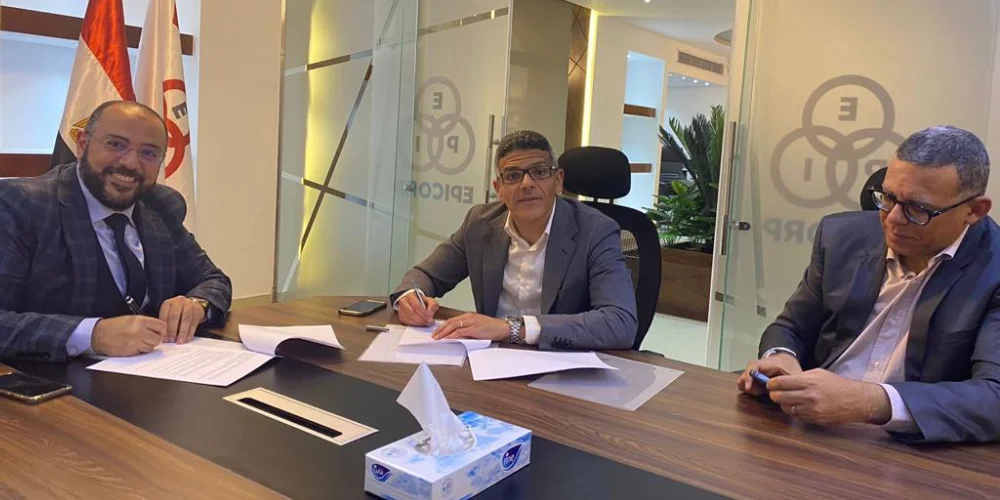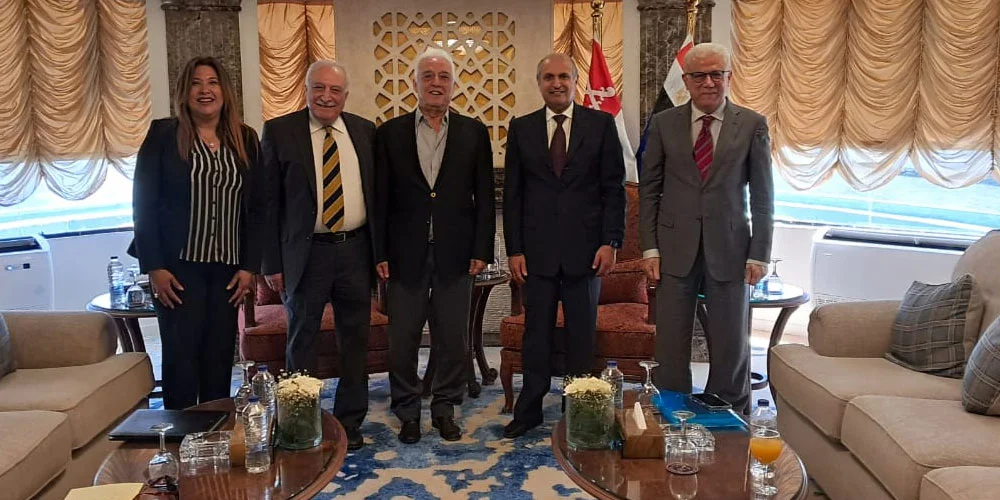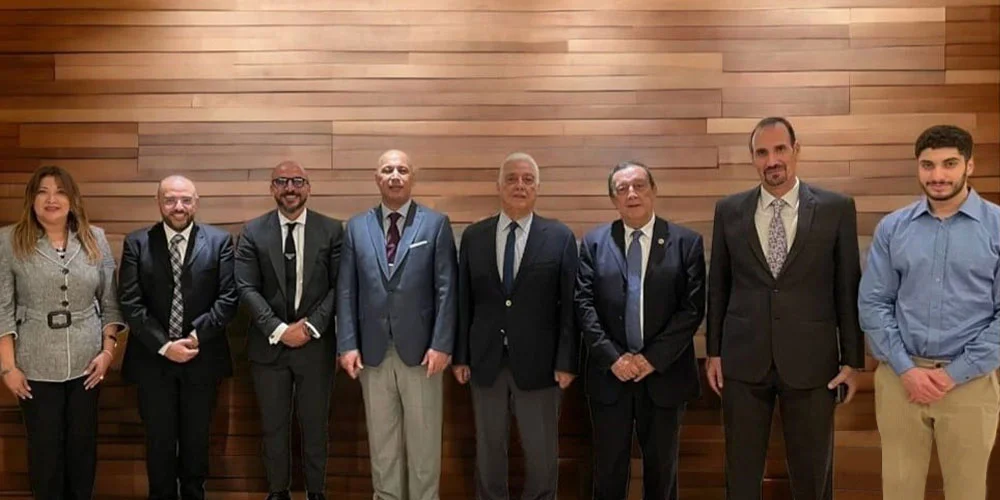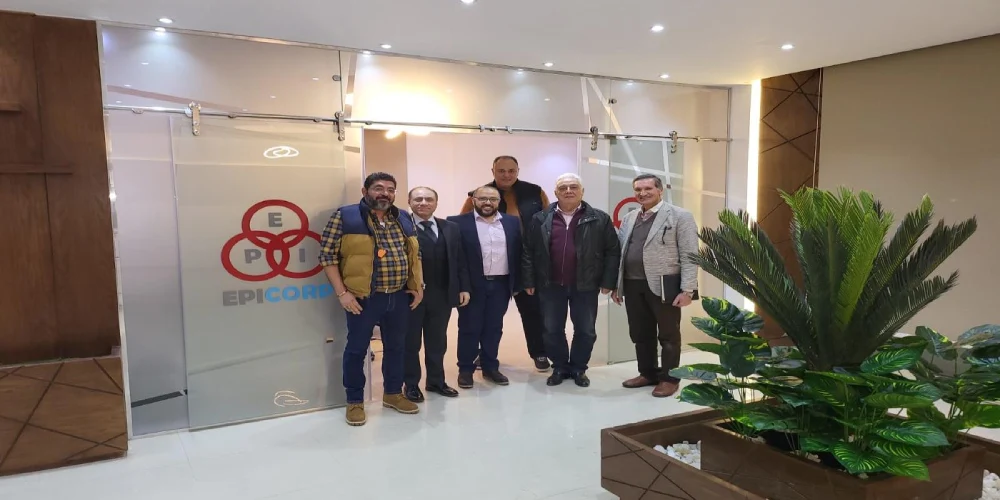Egypt’s largest diversified cable company, Electro Cable Egypt was founded in 1954. For both domestic and international markets, the company manufactures communication and power cables. Sales of power cables to the electrical industry account for almost two thirds of total income.
In the Qalyubia Governorate, business has been done on 370,000 square metres of Ismailia Canal Road. ECE offers a vast array of goods that may be produced in various types and requirements, including Telecom Cables and Low, Medium, and High Tension Power Cables. exports made by the business to international markets in Europe, Africa, and Arab nations.
From ECE’s perspective, the export industry has significant potential. Similarly, the expected renovation and the potentially explosive need for cables for the nation’s electricity networks. Further highlighting the clear potential of the local market for the cable business is the extraordinary growth of new towns and cities in Egypt, which are home to amazing building and telecommunicational projects. Not to mention that every production line in the organisation complies with environmental regulations and is an environmentally friendly facility.
Products of Electro Cable Egypt
1. Overhead Cables
The development of underground cables with extruded insulations, such as cross-linked polyethylene (XLPE), and their improved performance in recent years have caused a shift in focus away from the installation of regular overhead lines and towards the installation of underground Extra-High Voltage (EHV) and High Voltage (HV) transmission circuits. The need to expand current transmission lines has grown as a result of the energy market’s liberalisation and the necessity of connecting new power plants to grids.
To guarantee that the transmission grid’s capacity effectively balances the supply and demand of electrical energy, however, the decision on whether to use underground cable (UGC) or overhead line (OHL) must be made in a way that respects safety, dependability, and operational limitations. Economic, environmental, and technical factors influence the decision between OHL and UGC
2. Building Wire
In practically every commercial, industrial, and residential project construction in the globe, building wire and cable is utilised. All power applications in a building or residence receive electrical current from these devices, which are most generally referred to as branch circuit wire in homes and businesses.
3. Telephone Cables
The phrase “telephone cable” refers to a variety of internal, exterior, and internal/external cables created for the connection of telephone equipment. There are instances where telephone cables can be used for other purposes.
4. Enameled Cables
Magnet wire is the common name for winding wire used in electrical devices. To put it simply, ˝ Magnet wire is employed in the exchange of electrical and magnetic energy.
Enamelled wire (coating insulation), covered conductor wire (fiber/film insulation), and their combinations are the two main categories of magnet wires, The performance of both types of magnet wires varies greatly.
5. Low Voltage
Installing cables and wiring that transmit low voltage electrical signals—typically less than 50 volts—is referred to as low voltage cabling. Data transmission, audio/visual systems, security systems, and lighting control systems are just a few of the many uses for it.
6. Medium Voltage
Medium-voltage cables are frequently used in substation equipment, industrial power distribution systems, and the provision of electricity to residential and commercial structures. Power plants employ them indoors; outside, they work best subterranean or in cable ducts. Various forms of isolation are used to protect the copper and aluminium conductors to stop them from coming into touch with the ground, which could result in discharges that could harm the cable or equipment or possibly cause injuries.
7. High Voltage
When subterranean transmission is necessary, high voltage cables are utilised. These cables can be buried in the ground or installed in ducts. Air does not contribute to the insulation, in contrast to overhead lines, thus the conductor needs to be fully insulated. For this reason, cables are far more expensive than overhead wires. Additionally, cables must be linked via cable boxes, which offer the required insulation for the connection, in contrast to overhead lines where tappings can be readily provided.
Due to the smaller distance between the conductor and the ground, cables have a far lower inductance than overhead lines; yet, because of their higher capacitance, they also have a charging current that is significantly higher. Due to the commonality of single-core high voltage cables, sheaths are used to protect them mechanically and for separate insulation. The sheath of extruded lead was used in the older paper-insulated wires.




